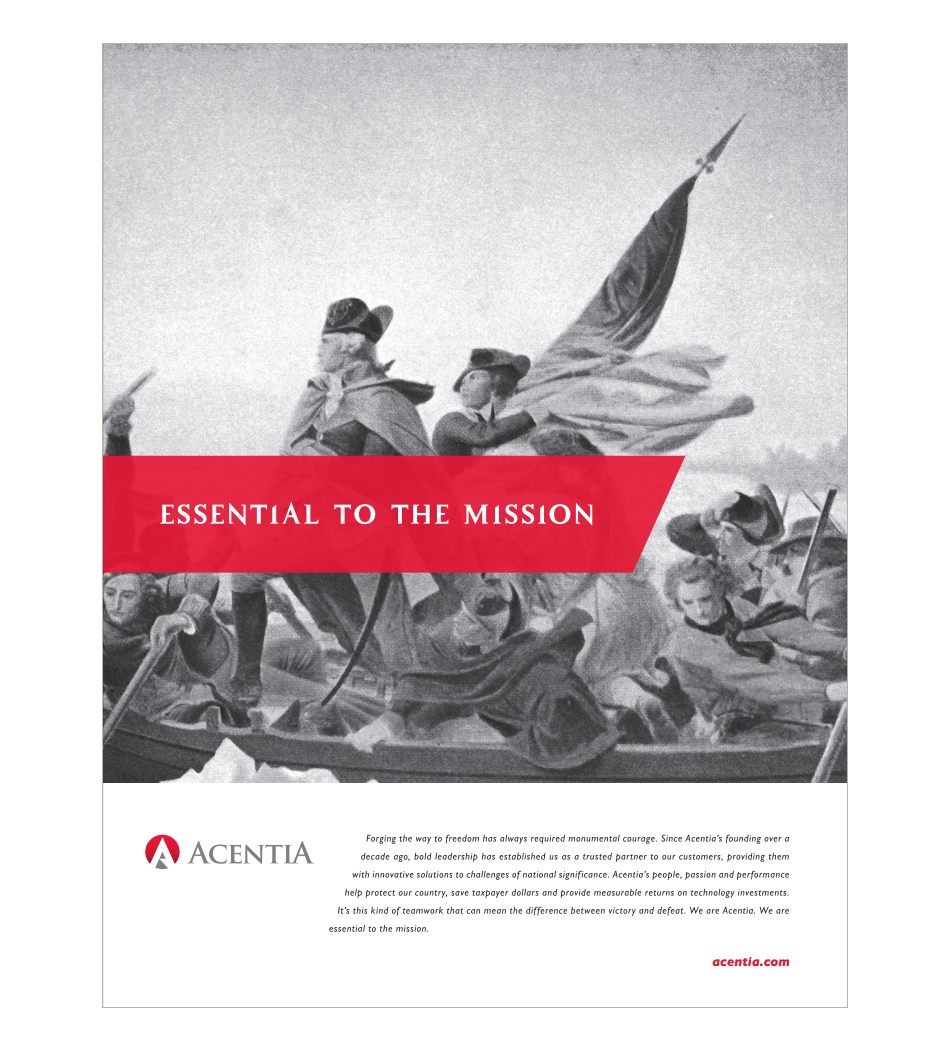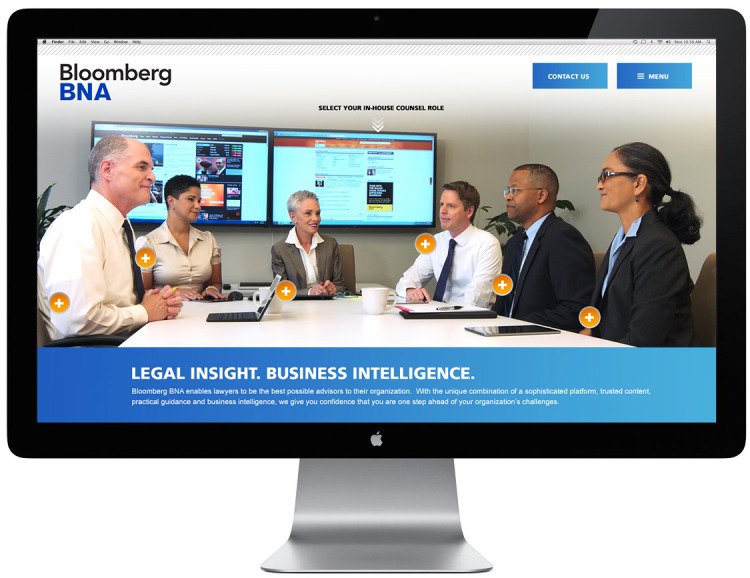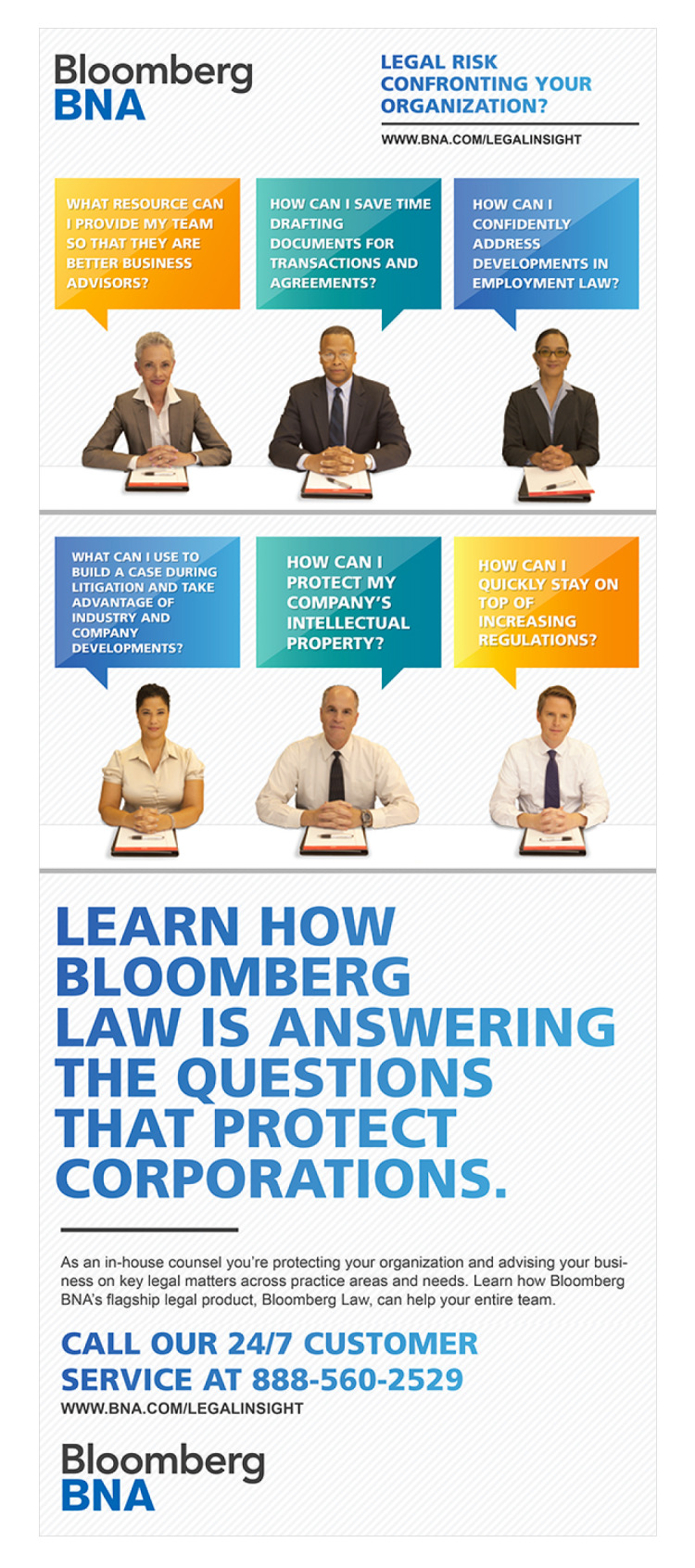As business grows, driving innovation can be challenging. Bluetext recently developed this mascot character to inspire one of our clients to drive innovation and promote an innovative spirit across its global client projects.
Bluetext named her Ana-Vation – a female spin on the key phrase Innovation.
Bluetext loves these kind of creative challenges. We see companies like consulting firms and government contractors that need to find ways of driving innovation as employee de-centralization and work on client sites can be a cultural challenge.
Here are some ideas to drive innovation in your marketing, branding, and overall cultural efforts:
- Be easygoing.
- Hire for culture.
- Bring on people who love the work they do.
- Build a diverse workforce.
- Manage innovation in a transparent methodical fashion.
- Schedule time for brainstorming.
- Tolerate and expect mistakes.
The Mid Atlantic Marketing Summit is greater Washington’s largest annual symposium of thought leaders in marketing. The theme will focus on emerging technologies and trends in marketing communications. Topics will include: metrics, mobile, social media, multi-platform campaigns, online video campaigns, experiential advertising, B2B, business development, and much more. This summit will explore the disruptive technologies that are creating a major shift in how marketing and business development professionals reach their audiences and decision makers.
A presentation being given by:
Nick Panayi, Global Brand and Digital Marketing, CSC
Jason Siegel, Co-Founder & Chief Creative Officer, Bluetext
Location: Mid Atlantic Marketing Summit
Gannett Building
May 8th 3PM
Nick and I will be presenting on the customer journey and how digital marketing technologies are continuing to evolve, personalize and empower this very effective demand generation platform. We will drill deep into CSC’s massive digital infrastructure that supports many of their journeys, and most importantly the Bluetext produced CSC Digital Briefing Center.
Learn why CSC’s Digital Briefing Center was so strongly needed for their most critical journeys, the concepts considered, and how we got to this great performing end product.
Force3 marketing leaders Joel Moore and Tasha Klares talk about the Force3 rebranding efforts.
This week, just in time for its Global Sales Conference in Orlando, Bluetext client CSC (NYSE: CSC) launched its redesigned, fully responsive website. This was an incredible collaboration that the Bluetext team is so pleased to have been involved with from the beginning.
As one of our largest clients, CSC is always pushing Bluetext to think outside the box to get more creative and push the limits for the global brand. Over the past year we have collaborated on several exciting projects including their Digital Briefing Center (http://www.csc.com/digital_briefing_center/aut/110681-digital_briefing_center) and their Manufacturing industry go to market web experience (www.csc.com/OM).
Last fall we proactively approached them to highlight several areas of their corporate website that we believed could evolve. I guess it is just in our nature to try and proactively look at our clients key marketing channels and make recommendations to push them out of their comfort zone in ways that we feel could be executed more flawlessly.
Our client Nick Panayi, Head of Global Brand & Digital Marketing for CSC, spearheaded this effort and had this to say:
The thing I value the most in Bluetext as a true partner is that they don’t tell us what we want to hear, but what they truly think is needed with solutions ready. You cannot teach an agency to do that. That is in the DNA of the agency. And once you find that, my recommendation is to keep that agency around for a long time.
The new fully responsive website design centers around the key technology focus areas that CSC is driving solutions for into market. Big beautiful imagery and clear calls to action, all aligned with cross industry brand efforts are hallmarks of the new site. We worked with their in-house development team to integrate many modern techniques, including a snap navigation for a seamless browsing experience and a smart lazy loading strategy for fast browsing.
The launch of the new csc.com is the first phase in a multi-phase rollout for CSC with new phases rolling out in the coming weeks. We are very proud of our partnership with CSC.
While it might seem like a bad movie plot, websites that aren’t friendly to mobile devices are about to be in for a rude awakening. In late February, one of Google’s top webmasters announced in a blog post that the dominant search engine was about to make a significant change to the way it ranks search results. Beginning on April 21st, its search algorithm would increase the weight it gives when returning search results to what it called “mobile friendliness.” Not only does that mean that mobile-friendly websites would enjoy better results, it also means that sites that don’t meet those standards will face the consequences. Some have already dubbed it “Mobilegeddon.”
The stampede from desktops to the wide variety of shapes and sizes now available as tablets, cell phones and even wearables—think Apple Watch—that has taken place over the past several years is only getting larger. A recent survey by ComScore Networks—a firm that analyzes internet traffic and trends—found that in the final three months of last year, desktop searches in the U.S. decreased, while the searches with smartphones jumped 17 percent. The volume of tablet searches increased 28 percent.
And while many of our clients have made this shift to mobile friendly, they are in the minority. A survey by Didit.com took a look the sites of the largest companies to see if they have adopted a mobile-friendly approach. Didit looked at the home pages of publicly-traded companies on the Standard & Poor’s top 100 list by checking them against Google’s “mobile-friendly test page.” The result—some 25 percent of those home pages failed the test, including the Walt Disney Company, a brand that is typically at the forefront when it comes to leveraging technology for visitors to its theme parks.
The Disney home page looks great on a desktop. But as the screen size gets smaller on table and mobile devices, the Google tool found that the text was too small, the links overlapped each other and the content was often wider than the mobile screen.
We’ve been working with our clients for the past four years to make the move to responsive designs that automatically resize their user interface depending on the size of the display screen. A responsive site takes a standard website and instructs the mobile device on how to display it properly. Responsive websites can handle any resolution with changes in CSS files, which affect how the elements on Web pages are presented. Computers, laptops, smartphones, and tablets will all display the website in the best way possible.
One of the reasons responsive design is so important is the “fat finger” problem—as menus shrink, it becomes nearly impossible to engage the functionality since our fingers are too big. Responsive designs shift the menus from ones that are driven by discreet buttons to larger options that are easier to see and easier to select. Without this type of design, visitors will be frustrated and leave the site in search of one that is user friendly.
This approach insures that the website appropriately presents itself on every size display, from the smallest to the largest. Another approach is to have a separate mobile website. Yet, since new devices in different sizes seem to hit the stores about every 10 minutes, this could be a large problem for websites, and certainly would not be cost-effective.
To put this in perspective, while this is a significant move by Google, it doesn’t mean you have to panic. Some of us have been advising our clients for several years that more and more users are accessing their websites via tablet and mobile devices. Google is simply responding to the shifting trends of how consumers are accessing the web. It will not unduly penalize a website that doesn’t immediately meet its requirements like it did in previous search changes—you can still make the move to a mobile-friendly site and see your rankings adjust accordingly. And if you haven’t been paying attention to the marketplace and to the shifting needs of your audiences, you may have a bigger problem than Mobilegeddon.
Force 3 is one of the fastest growing network security services and solutions company servicing the Federal Government with revenues of more than one billion dollars annually. When it’s brand, messaging and website needed an update it turned to Bluetext. We added a fresh set of colors and a new design with the sensation of motion to the logo, a theme that plays out across the website. We also created an animated introduction that uses the color palette to draw the visitor into the site.
The new website is infused with search engine optimization so that Force 3 comes up when customers are searching for network security solutions. One of the company’s key differentiators is the expertise and passion of its team of experts. That message is persistent across the site.
The imagery is clean and modern on each page.The new brand design plays out not only on the website, but in collateral, iconography, and a new trade show booth. It delivers a brand that is in tune with today’s government customer and differentiates their offering and value from competitors.
When it was announced that Reston-based Maximus Inc. signed a definitive agreement to buy Acentia for $300 million, I must admit I got a little teary eyed.
Acentia (formerly called ITSolutions) selected Bluetext following a very competitive search to do a full rebranding effort, from name to logo to corporate identity to messaging to website to videos to launch, etc.
Todd’s challenge was hefty – he had to unify a brand across nine diverse companies (not an uncommon issue in Federal Contracting) to create a brand that would enable his company to be acquisitive and get in the game as a mid-size contractor.
This was one of our first major rebranding assignments since founding Bluetext and turned out to be an incredible project for us, working with Todd Stottlemyer and his entire management team.
If you have ever had a chance to work with Todd, his passion and commitment to excellence are second to none, and he pushed us to create work which we are still proud of today.
We spent weeks developing a name and message that not only was powerful but truly reflected the focus on his people. When the tagline was selected, Essential to the Mission, it became a rallying cry that pulled together employees, created a sense of purpose for the company and its brand, and became the theme for the company’s first advertising campaign we developed which highlighted historic people like Jackie Robinson and Clara Barton who were essential to their mission.
As my partner Jason Siegel pointed out to me last night, this is first company we named as Bluetext that is now off the market. It is a great feeling for our entire team knowing that our efforts helped them achieve their goals. Here is a link to a testimonial from Todd following the successful rebrand effort – http://bluetext.com/acentia-ceo-todd-stottlemyer-on-bluetext/


Bloomberg BNA is one of top providers of legal information for attorneys, ranging from court decisions and legal filings to law review articles and news coverage that can affect a company or case. Bloomberg saw a huge opportunity to reach in-house counsel at companies and organizations where litigation, intellectual property, transactions and compliance are managed internally. It needed a dynamic campaign to reach those target attorneys with a good reason why they should add Bloomberg BNA tools to their arsenal.
Bluetext designed a campaign micro-site that begins with a live-action video with six individual personas, representing six use cases, so that target visitors could select the example that most closely matches their own responsibilities. Once the individual is selected, the visitor is taken to a page that provides in-depth details about that particular offering including examples and screen shots.
The site serves as its own segmentation filter, placing targets more directly into the best lead nurture channel. Calls-To-Action are prominent across every page to make it simple to download a whitepaper or infographic, sign up for a relevant newsletter, request a free trial or to learn more. The campaign included a direct mail piece with graphics and designs that match the site.
CITRIX TAKES ON ITS COMPETITION
When Citrix wanted to go after its competitor VMware head-on, Bluetext designed a gamificiation experience that pitted the two contenders against each other. The teaser video features the training regime of a real world champion fighter, and leads to an interactive rock-em, sock-em fighters game with the Citrix kid taking on Victor Machismo– and winning of course. Key messages fill the screen with every punch.
My colleagues and I at Bluetext have spent a fair amount of time developing brand and positioning strategies for dozens of new, disruptive and innovative brands…and more often than not are tasked with creating a new name for the company, the products or services they deliver, or both.
With 99.9 percent of the commonly-used words in the dictionary already taken among the close to 300 million registered domains from more than 125 million companies worldwide, how many great names could possibly be left?
We are currently in the process of branding and naming a highly disruptive technology product that is almost certain to quickly become one of the most visible B2B product brands in the US. We thought this might be a good time to define the five critical tenets of coming up with a great new name:
1. The most important aspect of a brand or product’s name is a crystallized vision statement and its supporting proof points. The name should deliver against your core objective for the business and central vision for the brand. Perhaps the most important question you need to answer is whether the brand should be company-focused or product-centric. In most cases it’s the former – but many well-known brands – like RIM’s Blackberry – have successfully incorporated a strategy that leads with the latter.
2. Before you begin the name-storming process, agree on what you want the attitude or voice of the brand to be – what emotion, feeling or idea do you want it to evoke when you see and hear it? Starbucks Chairman and CEO Howard Schultz summed it up best by saying, “A great brand raises the bar – it adds a greater sense of purpose to the experience, whether it’s the challenge to do your best in sports and fitness, or the affirmation that the cup of coffee you’re drinking really matters.”
3. Once you establish your vision, there is a set of ten key initial criteria that any name being considered must meet:
- Is it easy to remember?
- Is it easy to understand?
- Is it easy to pronounce?
- Is it easy to spell?
- Does it sound good when spoken?
- Does it look good when written?
- Is it unique?
- Is it trademarked?
- Is the domain name available?
- Are there any negative connotations with it?
4. Consider the five primary approaches to naming to determine which may best represent your central vision for the brand in a distinct and powerful way:
- Functional or Descriptive (Facebook, Instagram, UnderArmor )
- Derived from Color, Number, Shape or Word Root (Accenture, RedBull, Starbucks)
- Experiential based on Human Processes (Discover, United, Visa)
- Abstract or Evocative (Apple, Uber, Virgin)
- Invented (Google, Skype, Xfinity)
5. Quantity and Diversity Equals Quality – Naming is a matter of satisfying many competing criteria – and while we have seen cases where the first name our team comes up with ends up being the final one chosen – the chances of having a name just pop into your head that meets all of them is practically impossible. The most effective way to come up with a name is to think of lots of different ideas, carefully screen and choose, and repeat. One method that’s proven effective is having all names under consideration sorted into an A and B list and reconciling it every time a new one is introduced. It is interesting to see names held initially in high favor lose a little bit of their luster with each review, while others move up the ladder.
Once a name is chosen – it will be forever attached to the brand or product it is developed for – so continuous review is critical to ensure it will stand the test of time.
Need help with a branding or marketing challenge? Lets talk!





![citrixcollage[1]](https://bluetext.com/wp-content/uploads/2022/09/citrixcollage1.jpg)
![citrix1[1]](https://bluetext.com/wp-content/uploads/2022/09/citrix11.jpg)